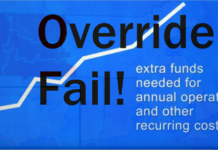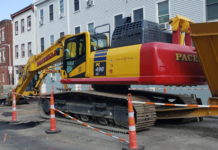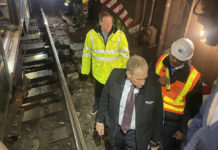By MAGDALENA AYED
SPECIAL TO EASTBOSTON.COM
As we enter 2022, major challenges lie ahead. In the face of the over-development of large-scale luxury residential buildings in flood zones, preserving the port and marine industrial character of the waterfront while solving complex coastal resilience problems should be major priorities.
In East Boston, this changing narrative has become a point of disillusion and conflict for “resilience builders” like Harborkeepers, who have been watching the unintended consequences of siloed waterfront planning processes of the last few decades. Those unintended consequences, such as the housing displacement crisis, intensifying climate impacts and a loss of Designated Port Areas can no longer be ignored and have exacerbated the inequities. It should force the City of Boston and the Commonwealth of Massachusetts into re-thinking how to make the most of existing designated marine industrial coastal zones, their regulations and infrastructure.

There is much to be solved and we are playing catch up. But will we be able to catch up to create a more just, resilient, equitable and economically viable waterfront on the Boston Harbor?
East Boston: I can safely surmise that most of you would agree what a special neighborhood it is. It would be impossible in one article to encapsulate its entire unique yet complex history, development and the people who have made it its home since 1822, when it was incorporated into the City of Boston.
Yet, waterfront property owners who had been holding on to legacy marine industrial sites, some contaminated, saw the opportune moment when the city sanctioned and revisited the permitting process (Notice or Project Changes in Article 80). This turned the tide on the waterfront development narrative, changing it from non-viable marine industrial parcels to an attractive cluster of luxury residential towers with trillion-dollar views. It would also bring Harborwalk public access, a new class of residents and a palatable property tax base to the City of Boston. This was possible because of changes to the DPA that took place within siloed waterfront planning processes that set aside existing community needs and aspirations.”
As an avid waterfront advocate and non-profit leader, I oftentimes think about whether the shifting that was taking place under our noses throughout the last two decades, in fact, since the last Boundary Review of the Designated Port Area in 2003 or even since the last East Boston Municipal Harbor Plan in 2002 was actually abiding by the Coastal Zone Management Act goals and objectives to “protect, preserve, develop, restore or enhance (where possible)” as well as “encourage and assist states…the wise use of land and water resources of the coastal zone”.
How are these luxury residential structures built on former port areas continuing to promote sustainable economic uses of our coastal resources and preserving the port?
The answer is they are not.
The flood resiliency overlay guidelines that encourage these luxury waterfront developers to build the first floor and parking garages floodable and elevate all utilities are a saving grace. However, I often think about that if the ‘Big Flood’ were to happen in East Boston, that its water would nicely flood their flood-resistant first floor and garages and then continue flowing behind into the existing, but not-flood-resilient housing stock (such as Maverick Landing where I live.)
But that’s a testament to city fragmented resilience planning, not necessarily luxury waterfront developers. If you allow full access to the cookie jar to a 5-year-old, would he just take one cookie or perhaps eat the whole jar of cookies (and then get a stomach ache)? The failed attempt to boost the economic activity of the waterfront and address the rising housing crisis through permitting large-scale luxury development was exactly that: a failed attempt.
As the granite square block at the LoPresti Park says, “A City is Not an Accident” and I concur wholeheartedly. Yet, I would add that not only is it not by accident, but that it’s by design. Even though the narrative that was being pushed at the time was that this type of luxury development would address the housing crisis, it did the opposite, even with the mandated maximum of 13% Inclusionary Development Policy.
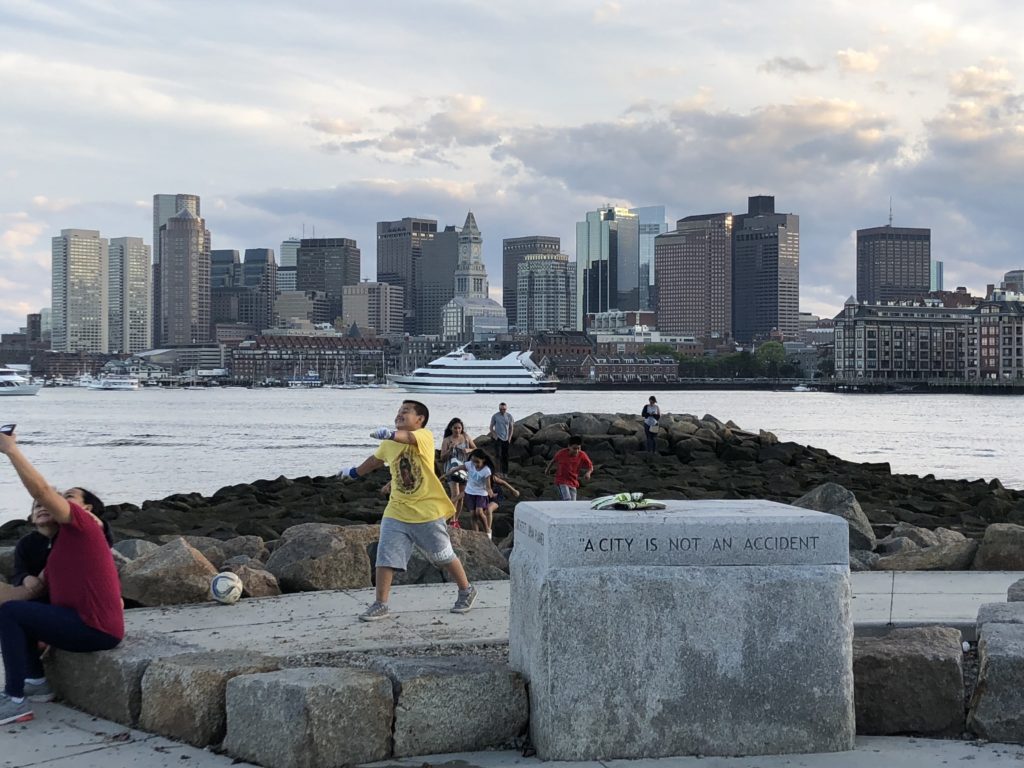
It contributed to the increase in market rate housing prices in the neighborhood and it locked in perpetual unaffordable residential uses in former port areas that were supposed to be protected under the Coastal Zone Management Act of 1978. Once these areas were de-designated, there was no turning back. And if we de-designate more, our maritime industrial areas will dwindle forever.
But where is the economic opportunity, you might say, if historic port industrial uses are just not there anymore?
It’s not surprising to advocates, who have been vocal for years on being cautious when Coastal Zone Management was conducting DPA Boundary Reviews, that the outcome of the most recently conducted East Boston DPA Boundary Review had more favorable outcomes. By carefully conducting the consultative process and adhering to the essence of what the DPA program set out to do, Coastal Zone Management did great justice in recognizing that sound planning and policy requires us to think more boldly about the future of these waterfront areas.
In order to transition to future marine industrial uses, we need to think about fostering a Boston Harbor economy that is supporting the renewable energy sector and providing opportunities for workforce development of green energy jobs, not dirty fossil fuel ones. Let’s think about offshore wind for a moment. As the global economy scrambles to transition out of coal and other fossil fuel-based power generation, offshore wind seems to be taking center stage. Massachusetts coastal zones have some of the best wind patterns in all of the Eastern seaboard. We would be amiss if we don’t preserve our Boston Harbor DPA’s for supporting the green energy sectors, specifically the offshore wind one.
The opportunity to turn our aging historic marine industrial parcels and create marine campuses for staging and wind energy development cannot be swept under the rug. Let’s acknowledge the coolest DPA space on the Boston Harbor today for a moment: the Wind Technology Testing Center in Charlestown where they test the biggest wind turbine blade in the world: the Haliade-X.
What a great example of what we could do more of on the Boston Harbor!
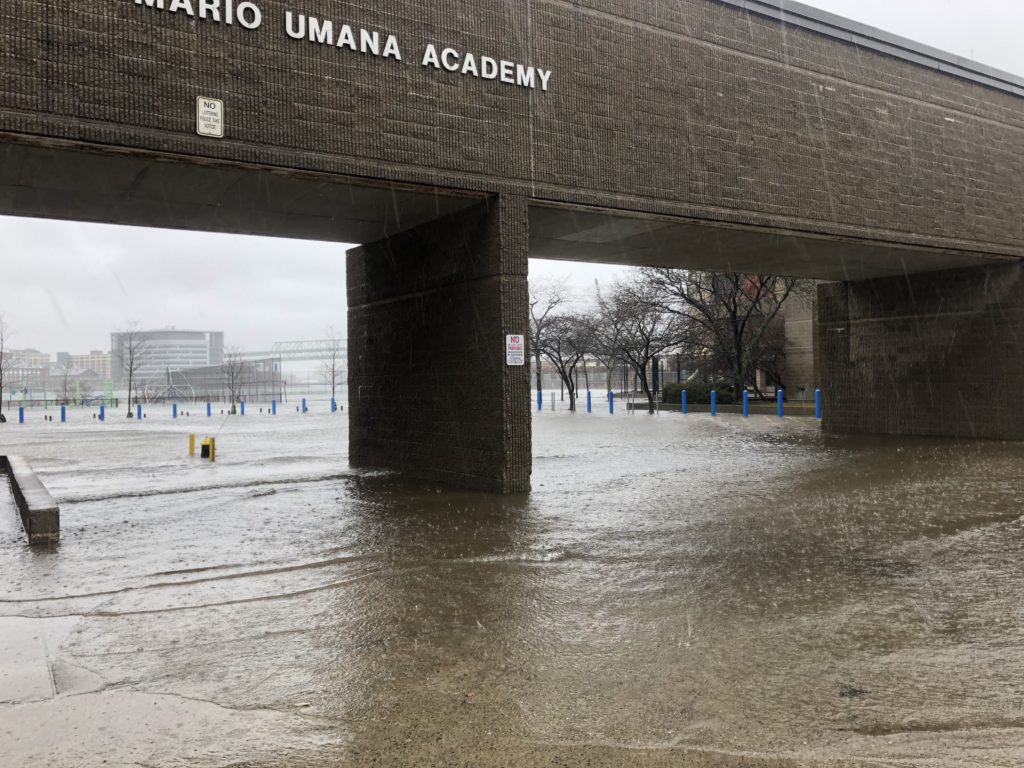
There is a fast-moving train in this: a Massachusetts pipeline to double the development of offshore wind in our coastal waters by the end of the decade and that could also be contributing to creating cleaner power to the whole state. The DPA program allows us the golden opportunity to preserve existing (and disappearing) water-dependent infrastructure like deep water berthing piers, upgraded bulkheads and seawalls, of which some of these parcels have done, access to land-based utilities such as sewer and water and two-way access of functional connections between land and navigation areas.
In fact, some of the existing waterways licenses currently in effect for these parcels along the East Boston waterfront are contingent upon this infrastructure. Do we really want to continue to lose this infrastructure? As far as resolving the climate crisis, that will largely depend on how the City of Boston and the State will create a funding mechanism and incorporate regional flood protection adaptation measures to make the entire waterfront climate resilient. But that’s a longer conversation, one that perhaps we can have over some tea sitting on a DPA-protected pier.
January 11, 2022
Magdalena Ayed is Executive Director of The Harborkeepers, a group founded in 2016 to build coastal community resiliency and to foster environmental stewardship in East Boston and other communities of the Boston Harbor. Visit the group’s website at https://www.harborkeepers.org.



